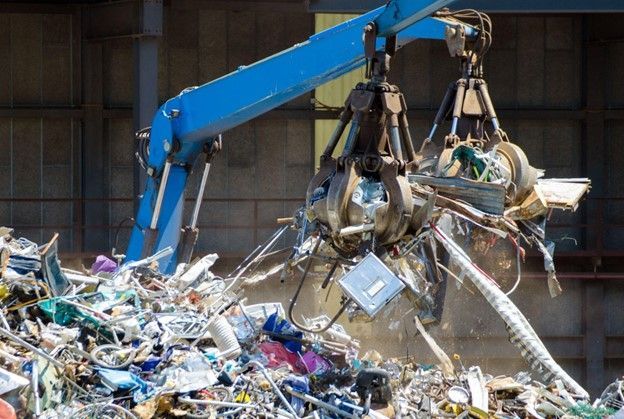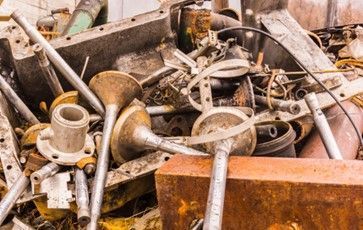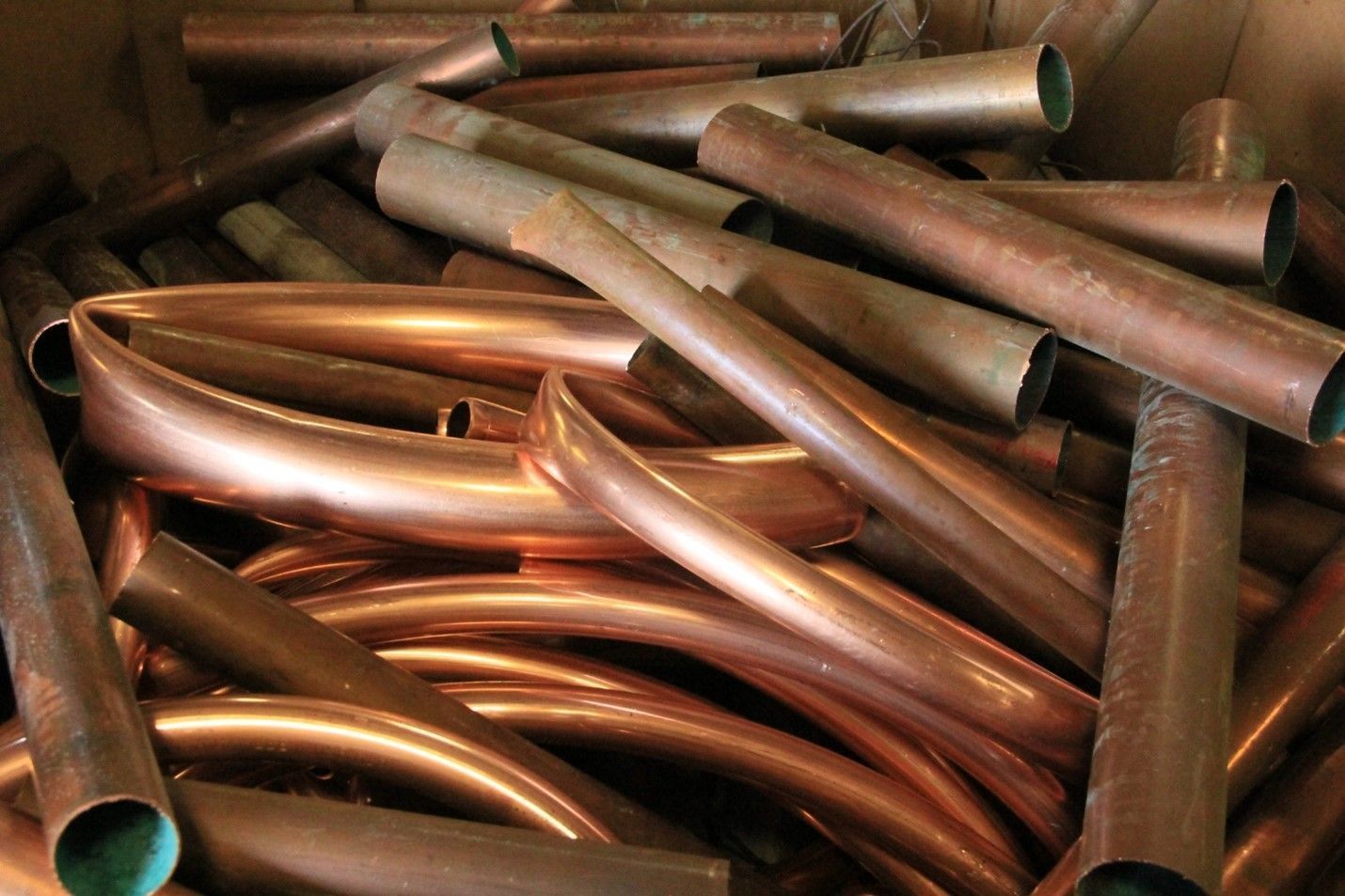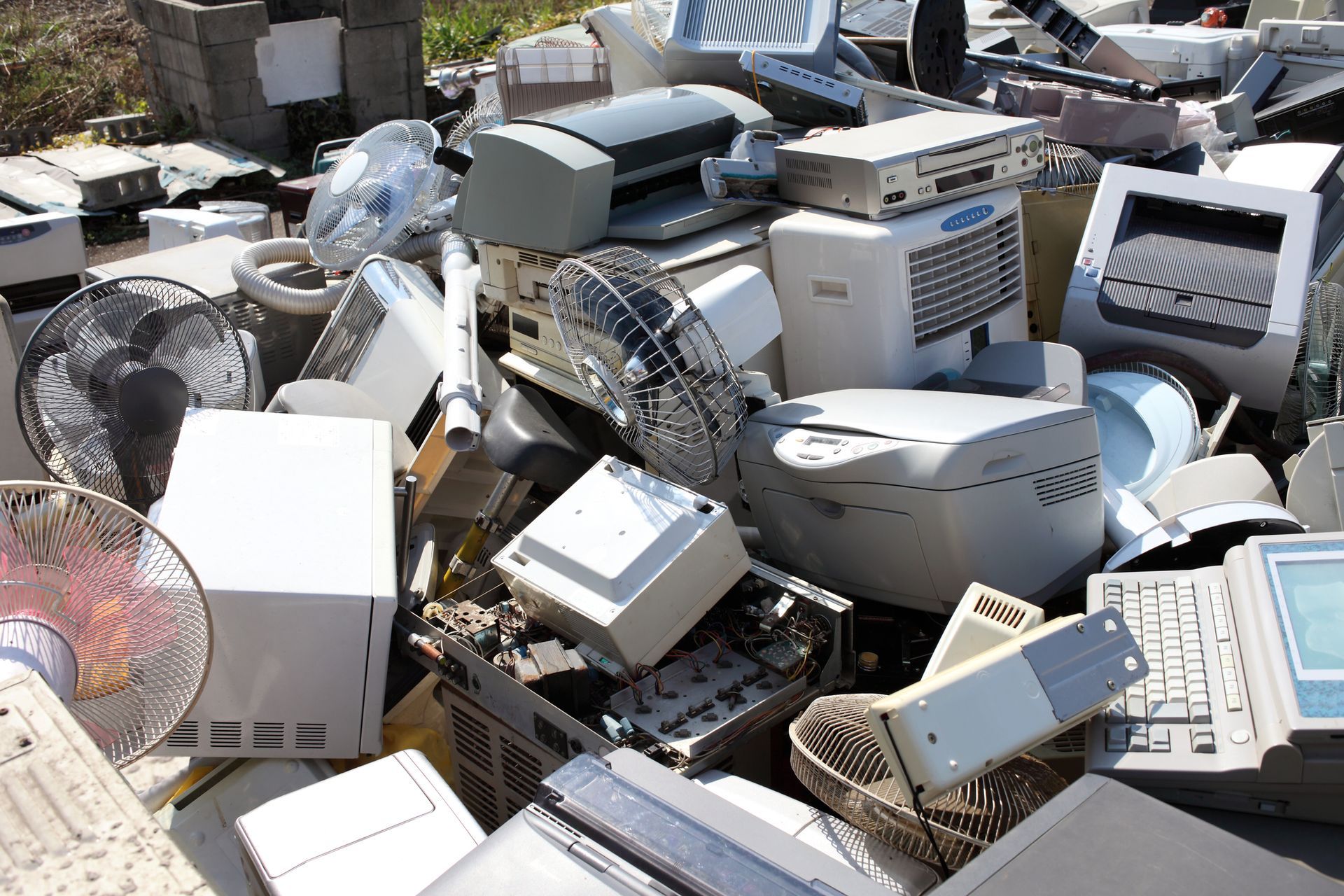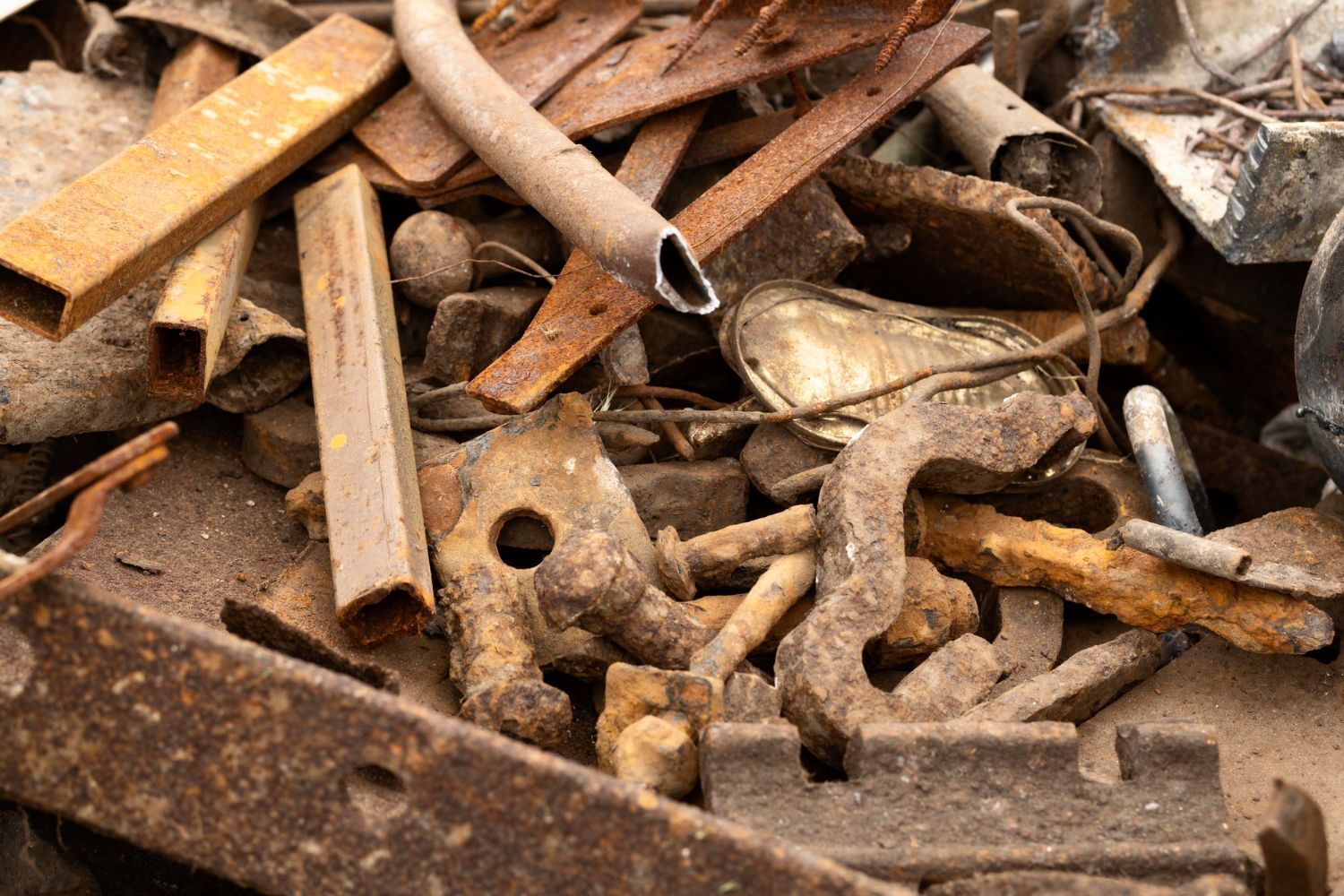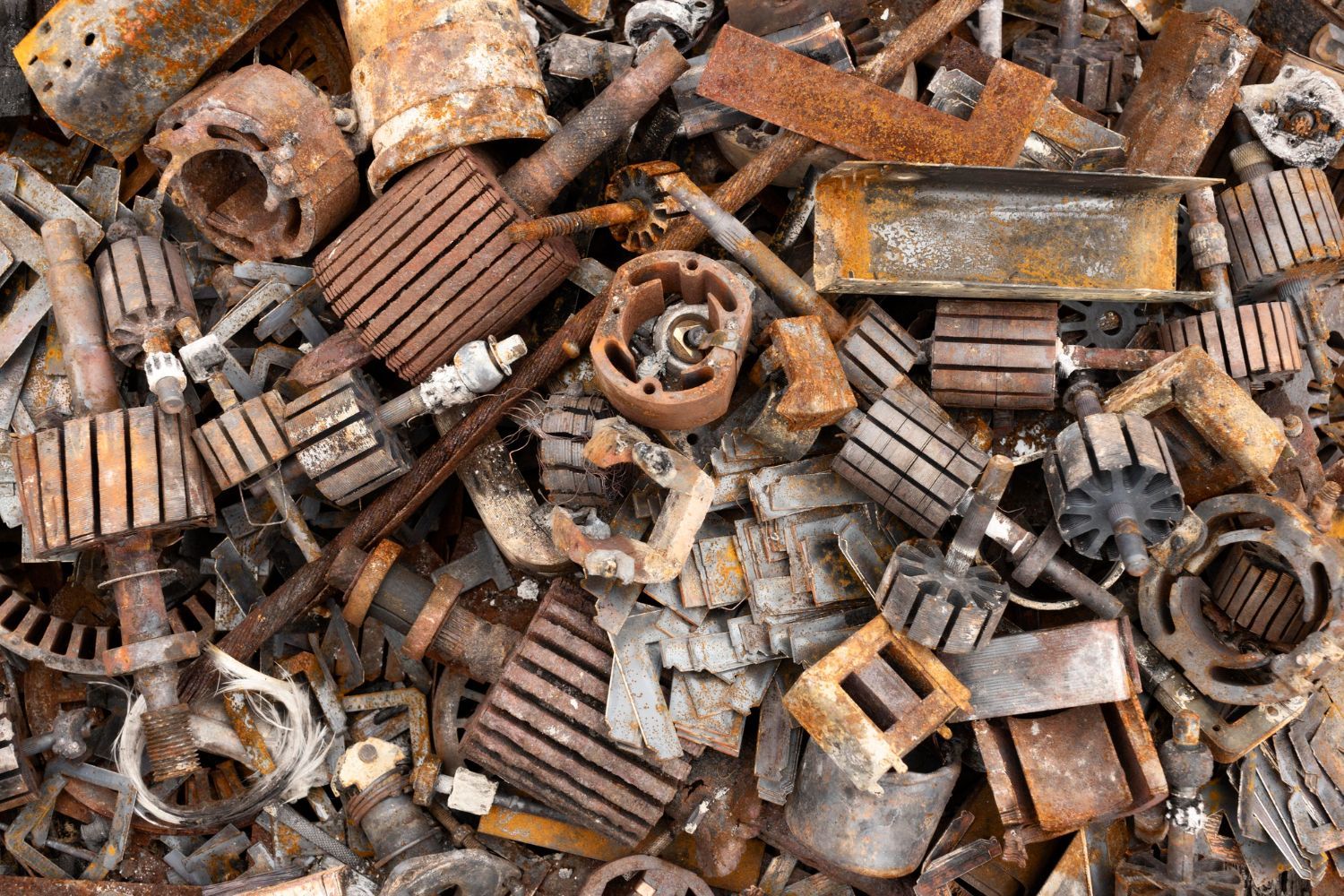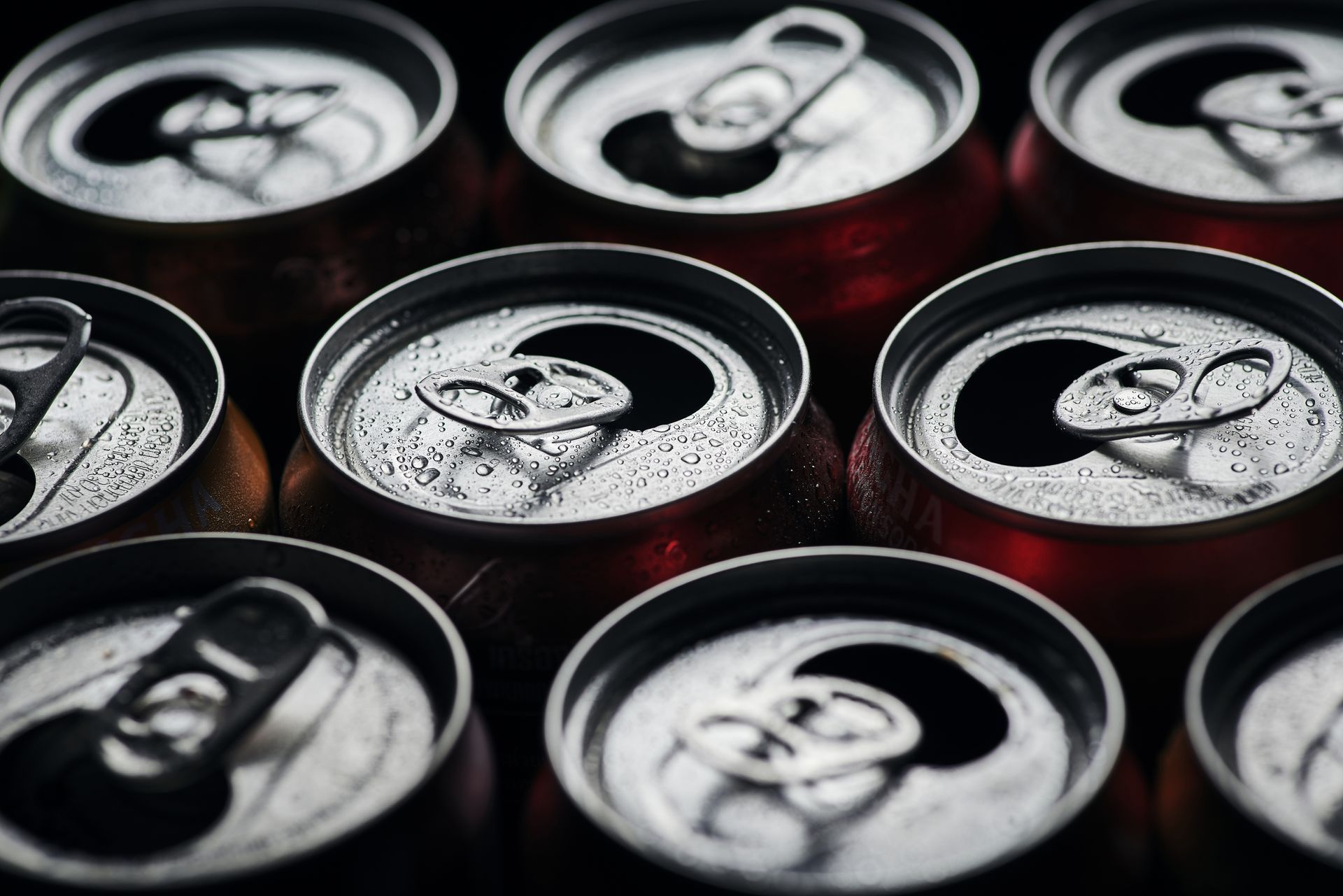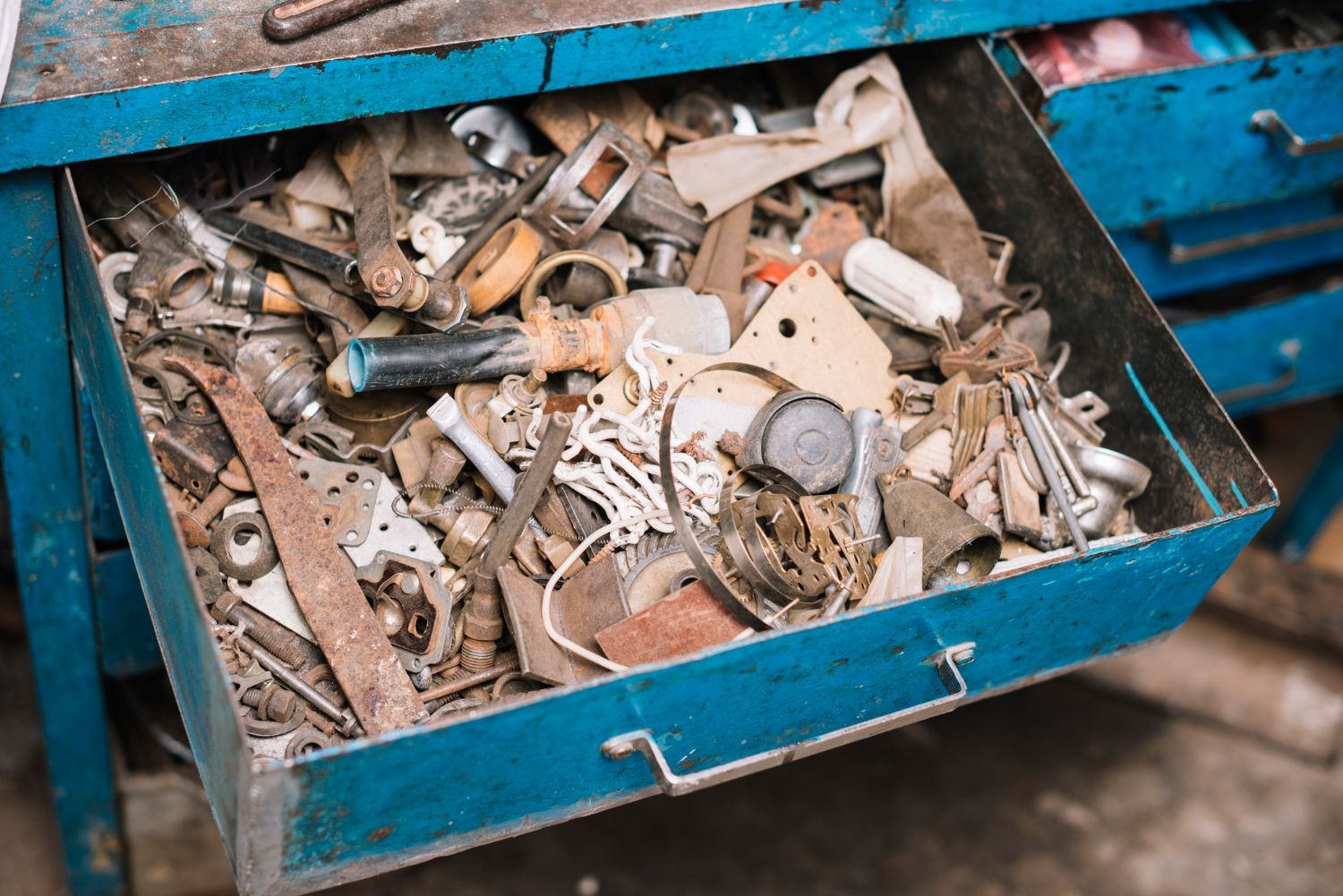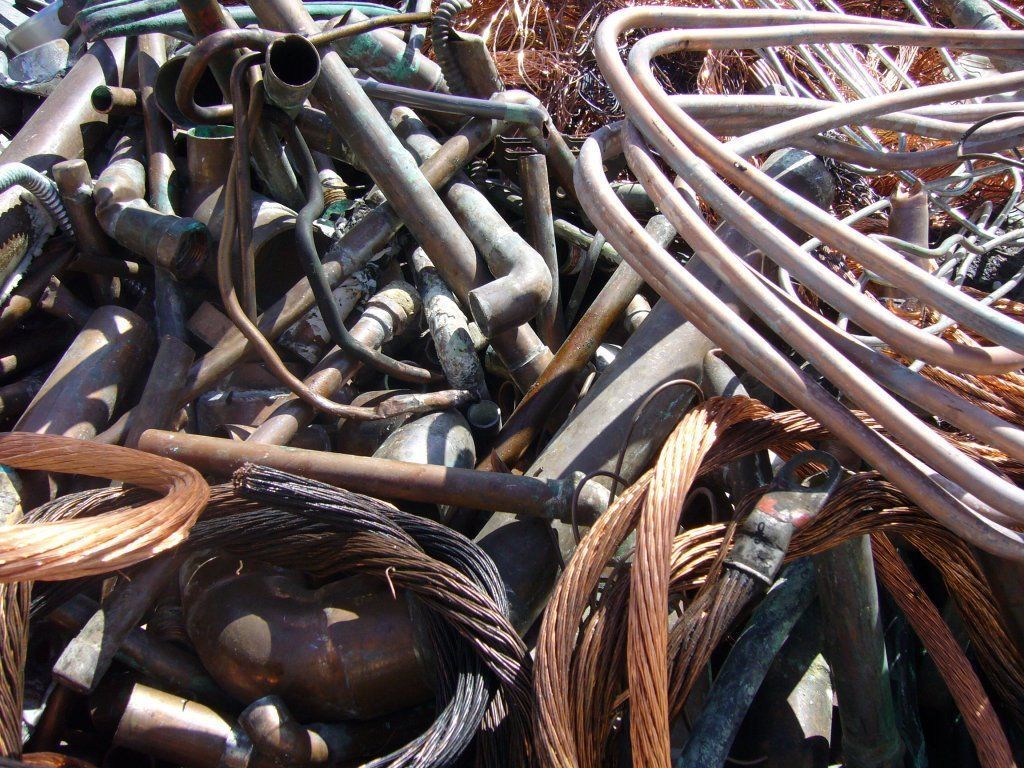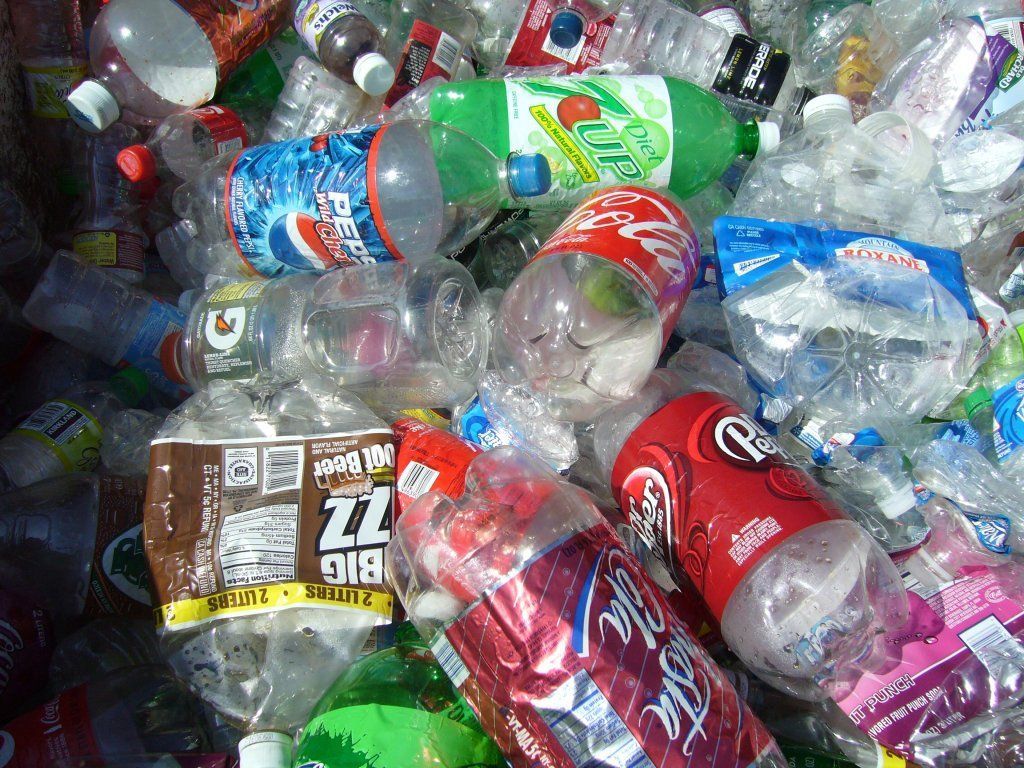How Recycled Metal Is Used | Bruce Metal & Salvage
Recycling scrap metal serves as a critical component of modern sustainability efforts, allowing for the repurposing of valuable materials while conserving natural resources. However, many individuals who participate in scrap metal recycling may wonder what actually happens to their old appliances, car parts, and other metal items once they are handed over to recycling centers. Understanding the journey of recycled scrap metal can offer valuable insights into the crucial role this process plays in industry and environmental preservation.
1. Collection and Sorting
The first step in the scrap metal recycling process is the collection and sorting of materials. Recycling centers accept various types of scrap metal, including ferrous metals like steel and iron, and non-ferrous metals such as aluminum, copper, and brass. These materials are typically collected via community recycling programs, industrial demolitions, or direct drop-offs at recycling facilities. Once at the recycling facility, the metals are sorted based on their type and purity. This stage involves the use of magnets to separate ferrous metals from non-ferrous metals and advanced sorting technologies to categorize the metals according to their specific properties.
2. Shredding and Melting
Following the sorting process, the recycled scrap metal undergoes shredding. Shredders break down large pieces of metal into smaller fragments, making it easier to manage and process the metal efficiently. The shredded metal pieces are then cleaned to remove any non-metallic impurities. After cleaning, these metal fragments are loaded into a furnace and melted. The melting process varies depending on the type of metal, with each requiring different temperatures and furnace types. For example, aluminum melts at a much lower temperature compared to steel.
3. Purification and Solidification
Once the scrap metal is in a molten state, it undergoes purification to ensure the final product is free of contaminants. Purification methods include electrolysis, where electric currents are used to separate pure metal from impurities, and other chemical processes designed to enhance metal quality. After achieving the desired purity level, the molten metal is poured into molds to form large bars or ingots. These ingots are then cooled and solidified, making them ready for further processing and reuse in different industrial applications.
4. Manufacturing New Products
One of the most fascinating aspects of scrap metal recycling is its transformation into new products. Recycled metals can be found in numerous industries, showcasing their versatility and importance. For instance, steel and aluminum are commonly used in the automobile industry to manufacture engine components, body parts, and even entire chassis. The construction industry relies heavily on recycled metal for building materials, including beams, pipes, and roofing materials.
In addition to automotive and construction applications, recycled metals play a significant role in the production of everyday consumer goods. Kitchen appliances, electronic devices, and even packaging materials often contain recycled metals. This not only reduces the need for mining and processing raw materials but also contributes to lowering the environmental footprint of product manufacturing.
5. Environmental Impact and Sustainability
Recycling scrap metal has profound environmental benefits that extend beyond resource conservation. First and foremost, recycling metal requires significantly less energy compared to producing new metal from raw ore. This energy efficiency results in lower greenhouse gas emissions, helping mitigate climate change's effects. Additionally, recycling reduces the need for landfills, as metal waste is diverted from disposal sites and repurposed into new products.
Furthermore, scrap metal recycling aids in the preservation of natural habitats. Mining for new metal ores can lead to habitat destruction, soil erosion, and water pollution. By recycling existing metal, we lessen the demand for mining activities, thereby promoting ecological balance and protecting biodiversity.
Scrap metal recycling is an indispensable practice that supports environmental sustainability, economic growth, and resource conservation. By understanding what happens to scrap metal after it is recycled, individuals can appreciate the profound impact their recycling efforts have on the world, encouraging continued participation in scrap metal recycling initiatives. If you have scrap metal that needs recycling, contact us at Bruce Metal & Salvage.
